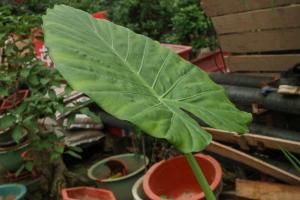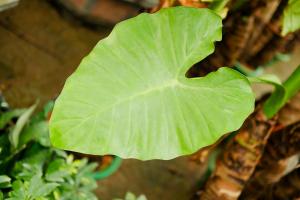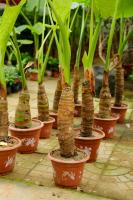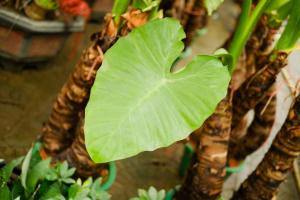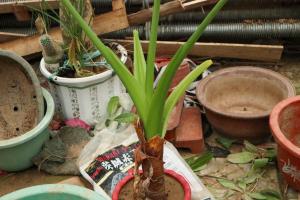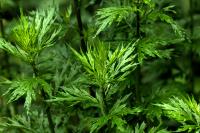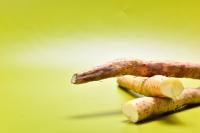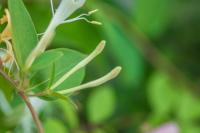1、 Is it toxic
Although dripping Guanyin is a common ornamental plant, it contains toxicity. The toxin mainly exists in the juice. The water dripping from dripping Guanyin is also slightly toxic. Although it is poisonous, if it is only used for viewing at ordinary times, there is no problem at all. It will not affect people or endanger human health. However, we should pay attention not to eat by mistake and avoid bringing the venom into the body. At ordinary times, we should not touch it directly with our hands, let alone drop it into our eyes. If there is an accident accidentally, we need to send it to a doctor in time.

2、 Can you keep it at home
1. Can be raised at home: Dishui Guanyin is highly ornamental, with thick green leaves, large leaves and beautiful shape. It is a very suitable choice to put it at home. It can decorate the home environment, which is very beautiful, bring vitality to the home and create a green feeling. At the same time, dripping Guanyin can also absorb harmful gases and absorb harmful substances, which is better for the indoor environment. If you like, you can keep it in a pot at home.
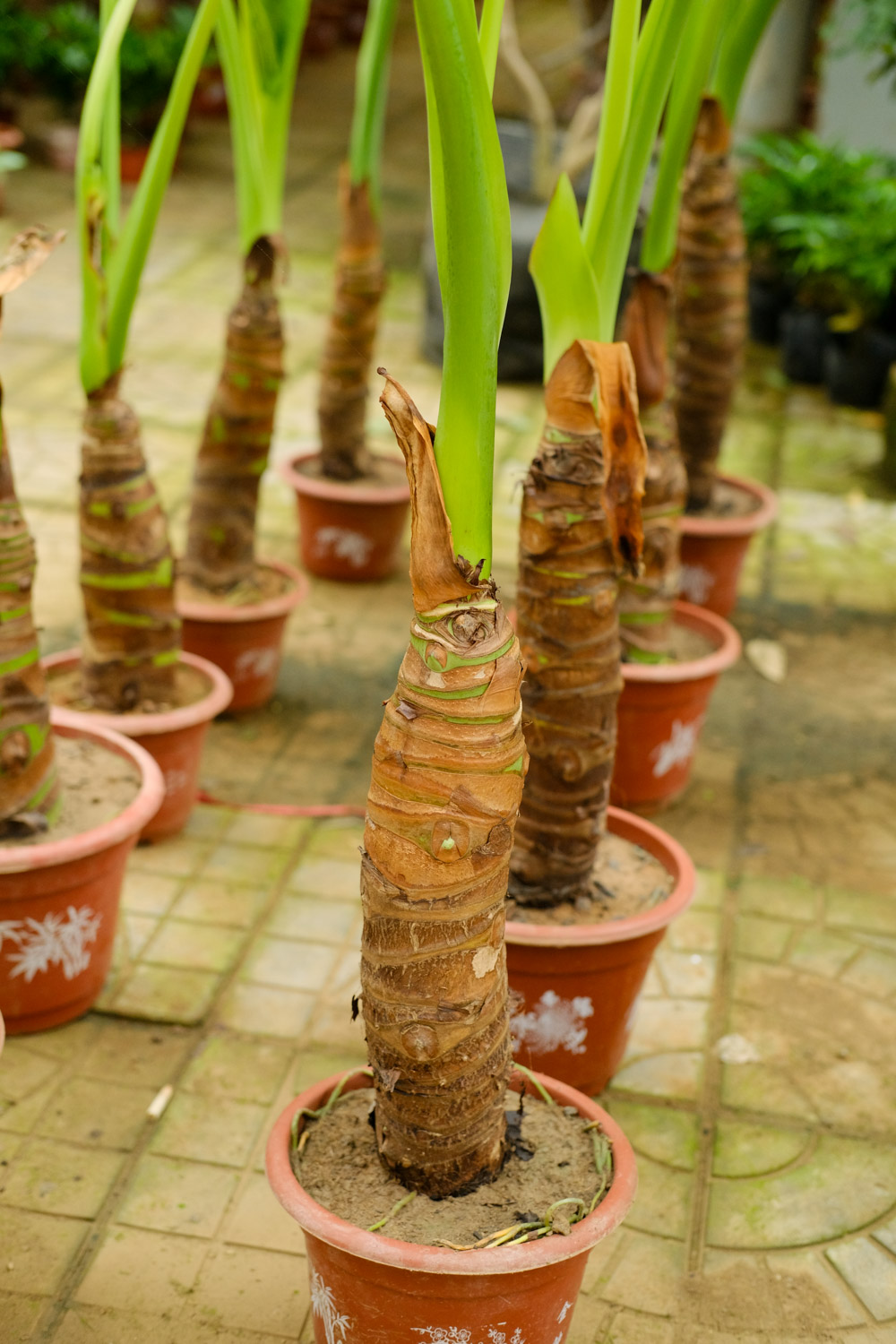
2. Precautions: if there are children at home, they need to pay attention. They don't have the ability to distinguish. To avoid eating by mistake, it's best to put dripping Guanyin out of reach.
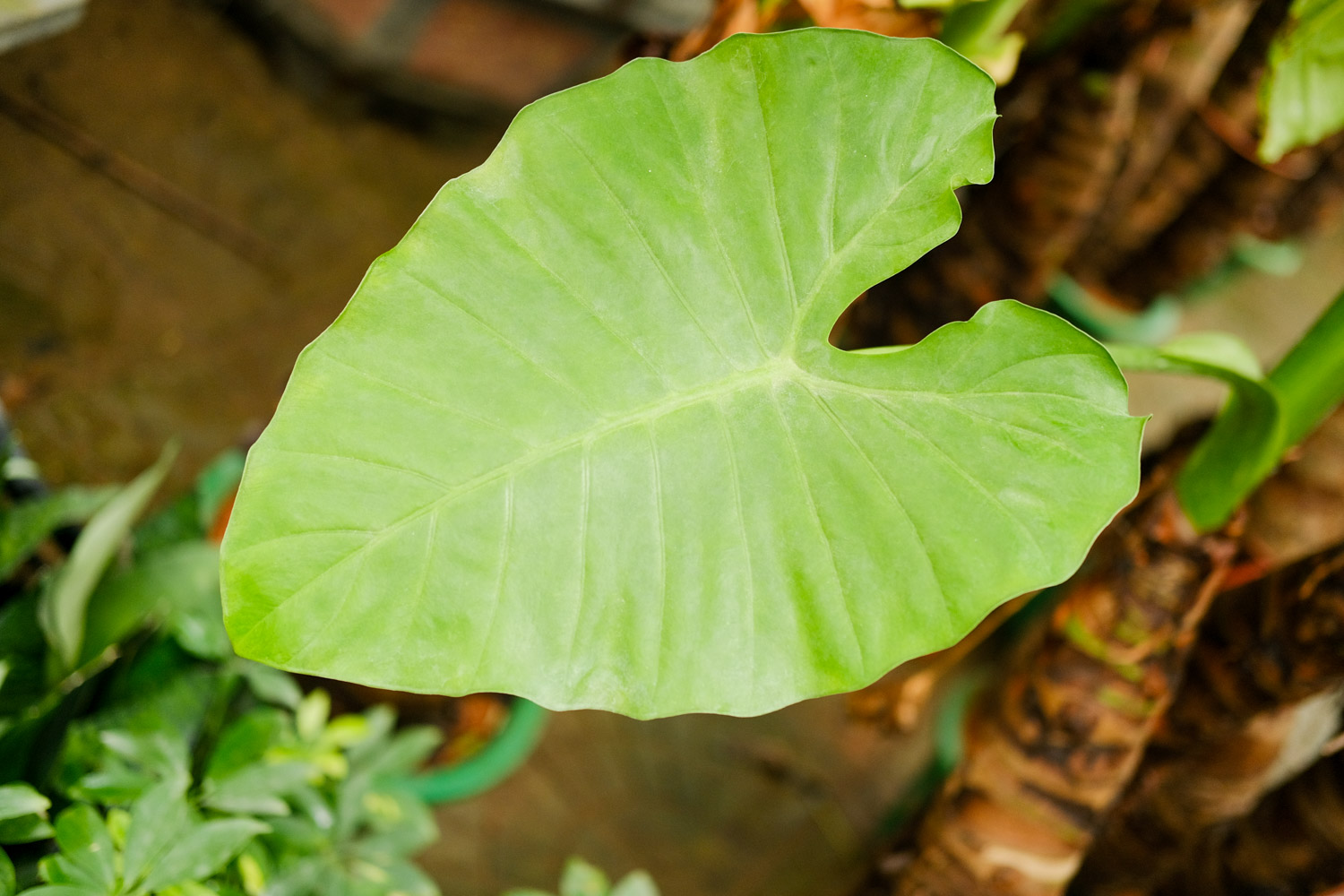

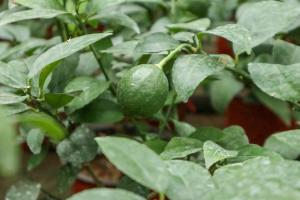 The efficacy and fun...
The efficacy and fun...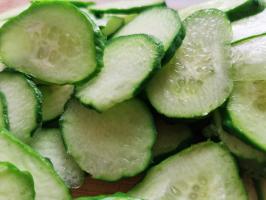 The efficacy and fun...
The efficacy and fun... The benefits of eati...
The benefits of eati...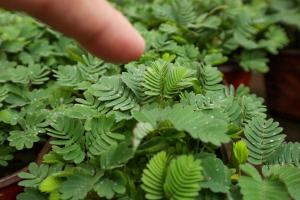 Why is Mimosa called...
Why is Mimosa called...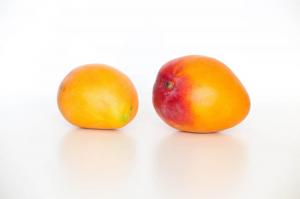 What can't mango be ...
What can't mango be ... The efficacy and fun...
The efficacy and fun...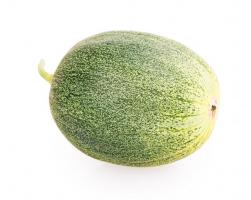 Is watermelon a frui...
Is watermelon a frui...